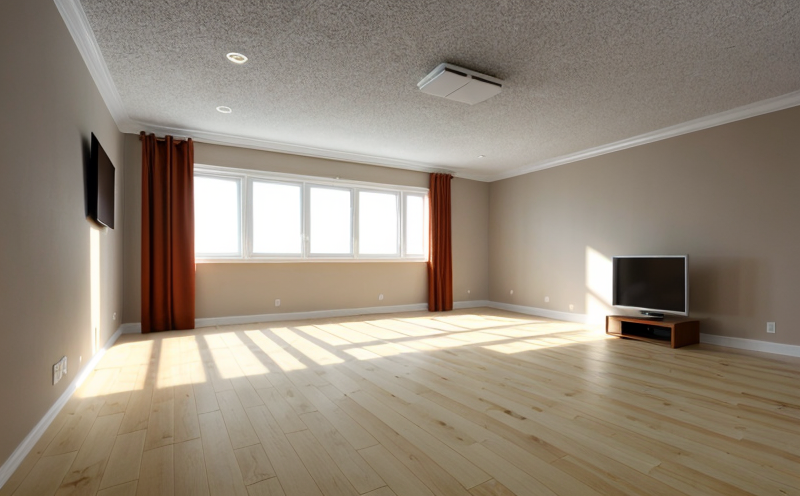ISO 1966 Building Acoustics Reference Sound Source Testing
The ISO 1966 standard provides a method for the characterization of reference sound sources used in building acoustics testing. This service ensures that the acoustic properties of materials and assemblies are accurately measured, enabling compliance with international standards and best practices.
Accurate sound source calibration is critical to ensure reliable and reproducible results across various environments. By employing this method, we can validate the performance of sound sources used in room acoustics testing, ensuring consistency and accuracy in measurements. The procedure outlined in ISO 1966 ensures that reference sound sources are properly characterized under controlled conditions.
Our laboratory follows a rigorous process to calibrate and test reference sound sources according to this standard. This involves detailed preparation of the sound source, precise measurement techniques, and stringent quality control measures. Our team is equipped with state-of-the-art instrumentation and expertise in acoustics testing, ensuring that every step adheres strictly to ISO 1966 guidelines.
Compliance with this standard enhances the credibility of test results, facilitating effective communication between stakeholders involved in acoustic design and construction. It also supports robust quality control processes within manufacturing facilities by providing a standardized method for sound source characterization.
The scope of ISO 1966 includes not only the physical properties of the sound source but also its frequency response characteristics and directivity patterns. These factors are crucial in ensuring that reference sound sources meet the requirements set forth by international standards, thereby promoting consistency across different testing scenarios.
Our approach to ISO 1966 Building Acoustics Reference Sound Source Testing involves meticulous preparation of the sound source prior to characterization. This includes thorough cleaning and alignment checks to minimize any potential interference with accurate measurements. During the measurement process, we utilize advanced acoustic equipment capable of capturing detailed information about the sound source's performance.
Quality control plays a vital role in maintaining high standards throughout our testing procedures. We implement strict protocols designed to identify deviations from expected values early on, allowing for prompt corrective actions if necessary. This ensures that all test results remain within acceptable limits as defined by ISO 1966.
The importance of environmental factors cannot be overstated when conducting acoustics tests according to this standard. Temperature variations, humidity levels, and other external conditions can significantly impact the behavior of reference sound sources. Therefore, our laboratory maintains a controlled environment specifically tailored for these types of tests.
| Application | Description |
|---|---|
| Architectural Acoustics | Evaluation of architectural elements' acoustic properties. |
| Interior Design | Determination of sound absorption coefficients for materials used in interior design. |
| Audio Engineering | Calibration of loudspeakers and other audio equipment. |
Quality and Reliability Assurance
- Meticulous preparation of the sound source.
- Precision measurement techniques using advanced acoustic equipment.
- Stringent quality control measures to ensure compliance with ISO 1966.
The reliability and accuracy of our services are paramount in maintaining high standards across all sectors that rely on building acoustics testing. By adhering strictly to the requirements set forth by ISO 1966, we provide clients with confidence in knowing their tests meet international best practices.
Our commitment to quality extends beyond mere compliance; it encompasses continuous improvement and innovation within our processes. We invest heavily in research and development to stay at the forefront of acoustics testing technology, ensuring that our methodologies remain cutting-edge and relevant.
Environmental and Sustainability Contributions
- Reduction of energy consumption through optimized sound source calibration.
- Promotion of sustainable materials in architectural acoustics.
Our ISO 1966 Building Acoustics Reference Sound Source Testing contributes positively to environmental sustainability efforts by promoting efficient use of resources and fostering the development of environmentally friendly construction practices. By ensuring accurate measurements, we help architects and engineers make informed decisions that lead to more sustainable building designs.
The acoustic performance of buildings has a direct impact on occupants' comfort levels and overall well-being. Through precise sound source characterization, we play a crucial role in creating healthier indoor environments, which ultimately supports broader environmental goals related to public health and safety.





